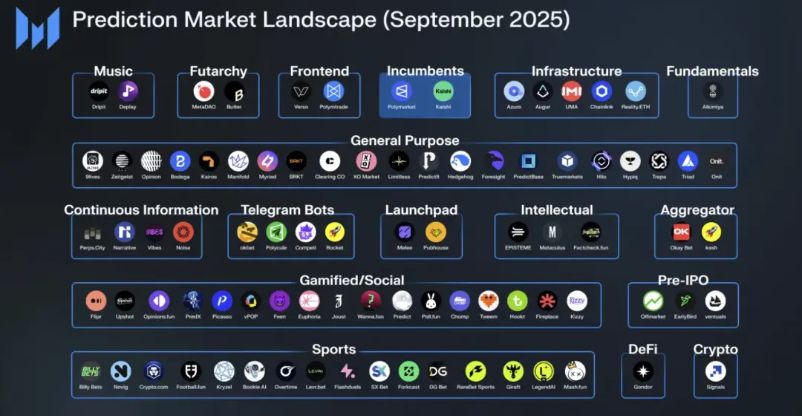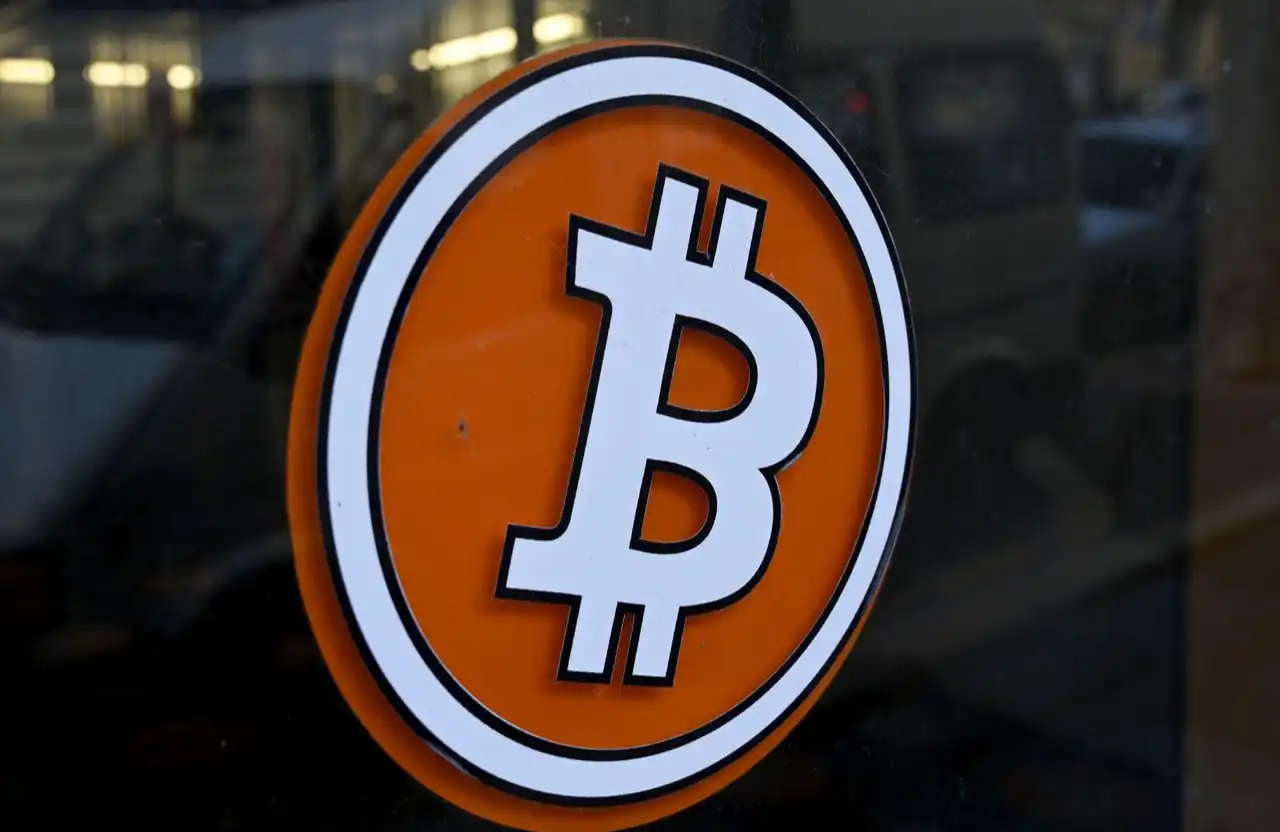Why Fintech Giants Are Ditching Ethereum L2s for Their Own Chains
The rise of fintech-backed Layer-1 blockchains signals a possible shift away from Ethereum Layer 2 dominance. As control and efficiency gain priority over decentralization, L2 networks face growing pressure to prove their unique value.
Many fintech companies, such as Tether, Stripe, and, more recently, Circle, have launched their own Layer-1 (L1) blockchains.
Amid this wave, the question arises: why are these companies launching their L1s instead of opting for Layer-2 (L2) solutions? Have L2 blockchains already become irrelevant?
The trend toward L1 adoption
Recently, Circle — the issuer of the USDC stablecoin — unexpectedly announced Arc, an open-source L1 blockchain. Before that, both Tether and Stripe had launched their own L1s. This move has prompted analysts to question the infrastructure development strategies of traditional financial institutions entering the crypto space.
“This isn’t an L1 and its offensive to call it such. It’s a consortium chain, of private pre-approved validators, who even have permission to refund transactions via “dispute protocols” They can’t make it a true L1 when using USDC as the root token, because there are never economic incentives to be a faithful validator, and that’s why they have to make it a private consortium,” analyst Adam Cochran commented on Circle’s Arc.
Although L2 networks offer advantages and inherit Ethereum L1’s security, some companies still choose to build their own L1s. Could they want maximum control over the infrastructure while optimizing integration with their existing ecosystems?
Analyst materkel believes it is “useless” for a stablecoin issuer to develop its blockchain, arguing that the best interoperability for stablecoins today is achievable only on an Ethereum L2.
“They want the best interop with their existing deployment of stables imaginable and that is only possible on an Ethereum L2,” materkel noted.
Some argue that the market does not need “L1s for stablecoins.” Countering this view, another user claimed that companies can do whatever they want using their funds.
“If they can get distribution on their own L1s, great. It brings more people on-chain, and everyone (including us) will learn more about what works and what doesn’t,” Haseeb Qureshi, Managing Partner at Dragonfly, commented.
Others suggest that these companies need their chains to gain control, increase speed, reduce costs, and reduce downtime.
“The future isn’t Ethereum, but many EVM-compatible chains. Settlement layer is just swapping out to Bitcoin,” another X user shared.
L2s hitting a dead end?
In reality, the unique security features of the rollup model become less valuable when the main assets are stablecoins or real-world assets (RWAs), which are inherently centralized. In other words, when the underlying assets are already subject to centralized control, the decentralization advantage of L2s loses its decisive edge, gradually eroding the “L2 thesis.”
Given the current situation, some analysts believe Ethereum L2s face a strategic deadlock. Some even argue that L2s are “dead” from a technical perspective.
“L2s are already dead to the engineering industry. It’s all being used to extract liquidity by tradfi players and the hype machine. It’s a trojan horse for regulatory capture,” Marty Party stated.
Looking deeper, the moves by Circle and other organizations reveal a trend: instead of relying on Ethereum and L2s, large companies are seeking to own their infrastructure to gain more control over technology, business strategy, and regulatory compliance.
This could start a shift from prioritizing “maximum decentralization” toward “efficiency and control.” Ethereum L2s’ future now depends on proving their unique competitive advantage.
Disclaimer: The content of this article solely reflects the author's opinion and does not represent the platform in any capacity. This article is not intended to serve as a reference for making investment decisions.
You may also like

Polymarket: The Rise of Cryptocurrency Prediction Markets

Can Bitcoin start a Christmas rally after returning to $90,000?

Vitalik's 256 ETH Donation: A Strategic Turning Point for the Privacy Communication Sector

